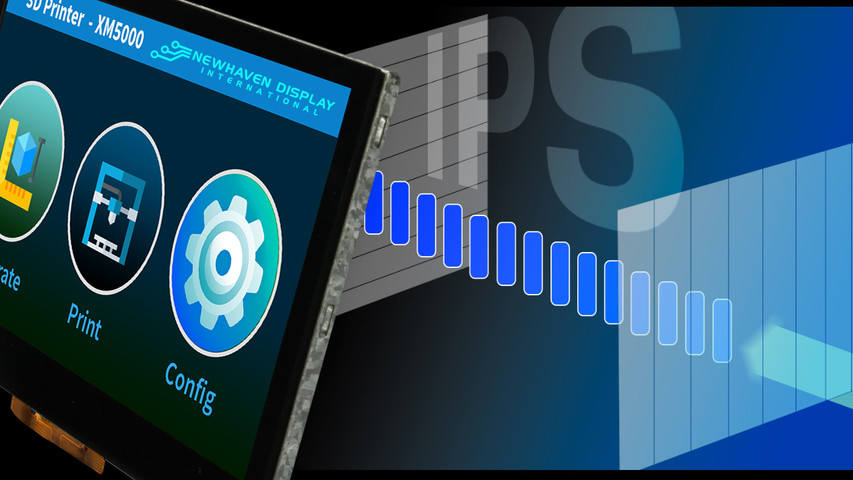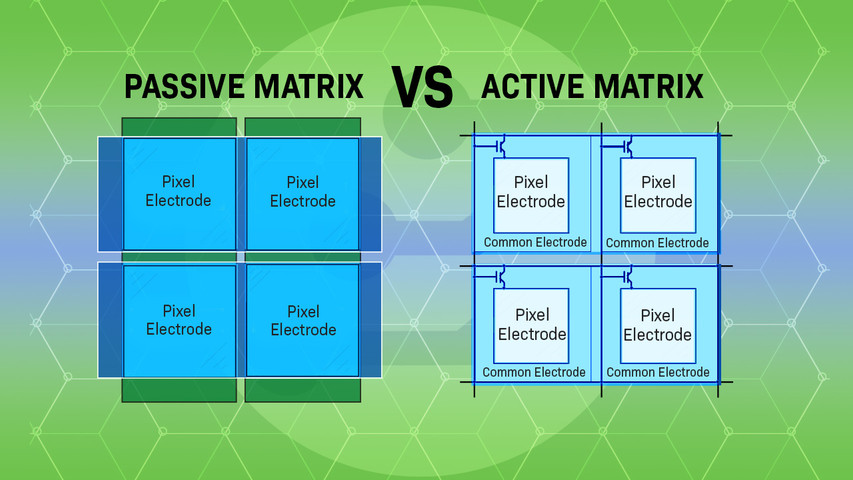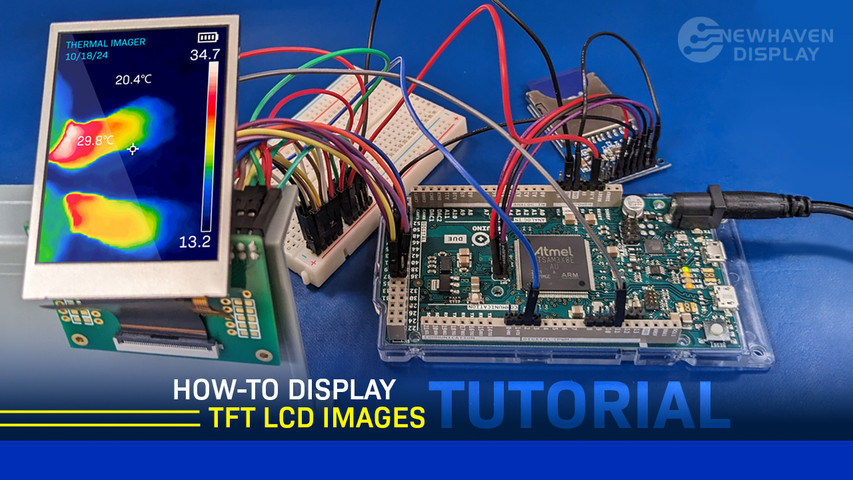What is an IPS Display?
Display technology has been evolving for more than a century and continues to drive innovations in the electronic device market. IPS technology was developed in the 90s to solve color and viewing angle issues.
Today, IPS display panels deliver the best colors and viewing angles compared to other popular display planes, including VA (vertical alignment) and TN (twisted nematic).
Related: Understanding IPS Technology
In this Article:
What is IPS?
IPS (In-Plane Switching) is an electronic screen display technology used in LCDs (liquid crystal displays). IPS changes the behavior of an LCD’s liquid crystals to produce a sharper, more accurate picture. This technique allows IPS displays to deliver a higher quality viewing experience than other screen types like TN or VA.
The IPS technology is used in everything from televisions, computer monitors, and even wearable devices.
IPS displays belong to the LCD panel family screen types. The other two types are VA and TN.
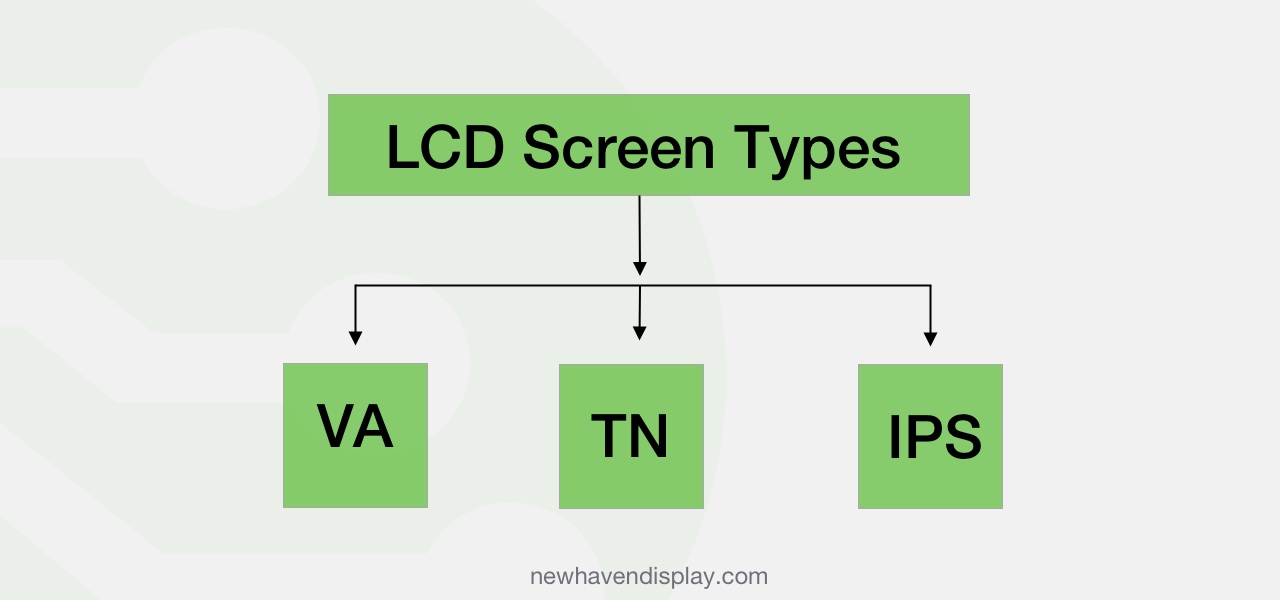
How Do IPS Work?
IPS acts on the liquid crystals inside an LCD, so when voltage is applied, the crystals rotate parallel (or in-plane), allowing light to pass through them easily. By reducing the amount of interference in the light being produced by the display, the final image on the screen will be much clearer.
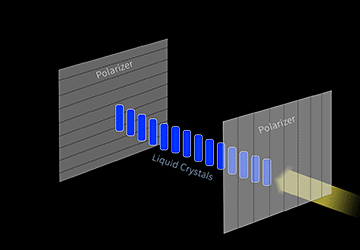
Benefits of IPS Display Monitors
One of the leading advantages that IPS offer is its ability to deliver wide angles while preserving colors and contrast. This means you can view an IPS screen from nearly any angle and get an accurate representation of the image on-screen.
Colors on IPS displays won’t get washed out or distorted when viewed at an angle the way they might on a TN or VA LCD screen.
IPS display screens and monitors offer the best quality in different environments (direct sunlight, low light, indoors, or outdoors) compared to TNs or VAs.
What are the benefits of IPS displays?
- Improved contrast
- Wider viewing angles
- Fast response times
- Accurate, better colors
- Direct sunlight visibility
Differences between IPS, TN, and VA
A quick comparison of the main characteristics differences between IPS, VA, and TN display panels.
TN vs VA vs IPS
| TN | VA | IPS | |
| Performance | Fastest - best performance | Slow - worst performance | Fast - good performance |
| Viewing Angle | Worst viewing angles | Good viewing angles | Best viewing angles |
| Color | Worst color | Good color | Best color |
| Contrast | Worst contrast | Best contrast | Good contrast |
| Price | Cheapest | Affordable | Most expensive |
| Uses | Gaming because of performance | General use because of price and quality | Professional where quality is required |
TN vs IPS Panel Screen Example
TN TFT (left) and IPS TFT (right) being viewed at an angle.


TN vs IPS Display Video Demo
See a demo of our own 7" IPS TFTs as we compare their colors, contrast, and viewing angles to TN TFT displays.
Why Use an IPS Display / Monitor?
IPS displays offer wide horizontal & vertical viewing angles, accurate color representation, and direct sunlight visibility.
Related: OLEDs in wearable devices
Widest Viewing Angles
TN LCDs often struggle to display accurate images from wide viewing angles. IPS LCDs eliminate nearly all color distortion and fading when viewed from various angles.
Accurate Color Representation
The powerful technology of In-Plane Switching delivers the most vivid, true colors available on any TFT LCDs. IPS is capable of producing over 16 million colors.
Direct Sunlight Visibility
A powerful LED backlight combined with unparalleled viewing angles makes for the best image quality under direct sunlight. IPS displays deliver higher quality images in sunny conditions than TN LCDs or OLED displays.
IPS Display disadvantages
What are the disadvantages of an IPS display?
Price, contrast, and power consumption are some of the disadvantages of an IPS display/monitor.
Before you choose and buy an IPS display or monitor, there are certain drawbacks to consider:
Power Consumption
IPS LCDs require about 15% more power than a standard TN LCD. OLED displays require much less power than IPS types due to the fact that they don’t require a backlight. The LCD IPS technology is not the ideal solution if you need an energy-efficient display. You’re better off choosing an OLED or TN TFT for a low-power solution.
Related: OLED vs LCD displays
Price
Because of the newer and more advanced technology found in IPS displays, they’re more expensive to manufacture. For a more cost-effective solution, a TN LCD would be a better choice.
Contrast
IPS displays provide a huge boost to viewing angles and color reproduction, but they don’t have the same contrast capabilities as some other competing display types. OLED displays are able to deliver true black by shutting off their active pixels completely, resulting in much higher contrast than IPS displays. If you’re looking for maximum contrast in your display, you’re better off with an OLED display.
Conclusion
As IPS technology continues to advance, you’ll see it integrated into more display applications.
Because of in-plane switching’s ability to boost viewing angles and retain color accuracy, it allows LCDs to compete with the high contrast images found on OLED displays.
If you don’t require the highest refresh rates and don’t mind slightly higher power consumption, then an IPS display will greatly benefit your project.
Latest Blog Posts
-
US2066 Tutorial: Character Slim OLED with Arduino
If you are interested in getting started with character OLED displays using the US2066 controller …Jul 18th 2024 -
Passive Matrix vs Active Matrix - A Beginner's Guide
Have you ever wondered how display screens are able to produce sharp images and vibrant colors? T …May 30th 2024 -
How to Display Images on a TFT LCD
TFT LCDs, or thin-film transistor liquid-crystal displays, are a type of LCD commonly used in var …Apr 2nd 2024

